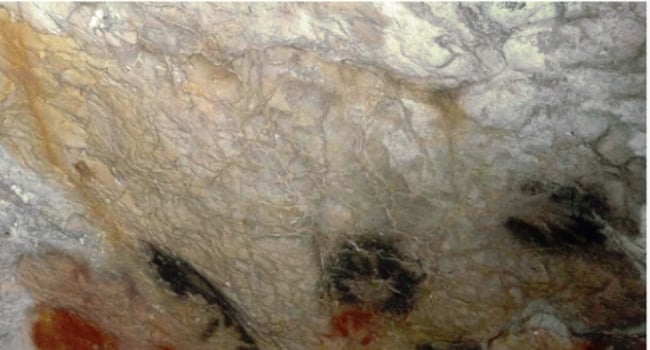- Latest news▼
-
15:11, April 24 Zombie deer disease possibly linked to hunters’ deaths

-
12:27, April 23 Appetite: Scientists found out the secret to the appeal of large portions of fast food

-
10:33, April 23 Scientists test new approach to fighting viruses

-
08:38, April 23 Ketamine may help with postpartum depression

-
22:12, April 22 Unhealthy amount of sugar found in baby food products of a well-known brand

-
19:41, April 22 Air pollution puts health of more than 1.6 billion workers globally at risk

-
17:25, April 22 Scientists found baked goods and lack of sleep to be more dangerous than alcohol

-
16:02, April 22 342 cases of measles recorded in Armenia so far in 2024

-
15:29, April 22 BrainStimulation: electrical brain stimulation alleviates anxiety and depression in the elderly

-
08:27, April 22 Cognitively stimulating jobs in midlife could lower dementia risk in old age, study finds

-
20:37, April 21 Environmental Health Perspectives: Microplastics ingested with food and water can spread from the gut to the brain

-
22:41, April 20 Scientists develop new method to safely stimulate immune cells to fight cancer

-
20:46, April 20 Blood test can determine who is at risk of developing multiple sclerosis - scientists

-
18:36, April 20 Next pandemic likely to be triggered by flu - scientists

-
12:16, April 19 Scientists grow human mini-lungs in lab

All materials
A Cross-cultural Perspective on Upper Palaeolithic Hand Images with Missing Phalanges

Hand images with missing phalanges occur at a number of Upper Palaeolithic rock art sites in Europe. It has been argued that they represent hand signals or a counting system, but there are reasons to believe they were actually produced by hands from which finger segments had been removed. Here, we report a cross-cultural study designed to shed light on this phenomenon.
Our review of the ethnographic literature identified 121 societies from Africa, Asia, the Americas, and Oceania that engaged in finger segment amputation, and we were able to distinguish ten distinct amputation practices within this sample. When the contexts and what we can infer about the participants are taken into account, the scenario that best fits the rock art hand images is removal of finger segments during life in order to appeal for supernatural assistance.
This has potentially interesting implications for social life in the Upper Palaeolithic because traumatic religious rituals have been found to foster strong interpersonal bonds among group members and hostility towards members of other groups.
Full article: Journal of Paleolithic Archaeology
Follow NEWS.am Medicine on Facebook and Twitter
- Related News
- Number of organ donors rises sharply on days of large-scale motorcycle rallies The number of organ donors increases...
- Scientists find explanation for rare type of heart inflammation in young people Genetic abnormalities may make some people more susceptible to myocarditis...
- Injection of bone marrow cells into spinal joints may relieve severe back pain The exosomes, which were only discovered in the 1980s...
- Researchers discover way to repair damaged fibers in spine Scientists have found a way to repair damaged fibers in the spine that don't recover...
- Researchers estimate likelihood of brain recovery in injured boxers after they stop fighting Boxers and mixed martial arts (MMA) fighters may show some recovery...
- Video
- Event calendar
- Archive
- Most read
month
week
day
- JAMA Oncology: Urine test can help rule out high-grade prostate cancer with almost 100% accuracy, study shows 1220
- Daily Mail: Elderly woman in China gets infected with brain-eating amoeba 1171
- Obesity: exercising before breakfast helps you lose weight faster 1155
- The Conversation: childhood trauma can cause pathological hoarding 1153
- Daily Mail: Satiating food reduces cravings for sweets, nutritionist says 1129
- Scientists grow human mini-lungs in lab 1120
- Next pandemic likely to be triggered by flu - scientists 737
- Scientists found baked goods and lack of sleep to be more dangerous than alcohol 667
- 342 cases of measles recorded in Armenia so far in 2024 628
- Blood test can determine who is at risk of developing multiple sclerosis - scientists 612
- Scientists develop new method to safely stimulate immune cells to fight cancer 605
- Cognitively stimulating jobs in midlife could lower dementia risk in old age, study finds 588
- BrainStimulation: electrical brain stimulation alleviates anxiety and depression in the elderly 545
- Air pollution puts health of more than 1.6 billion workers globally at risk 381
- Unhealthy amount of sugar found in baby food products of a well-known brand 374
- Find us on Facebook
- Poll





